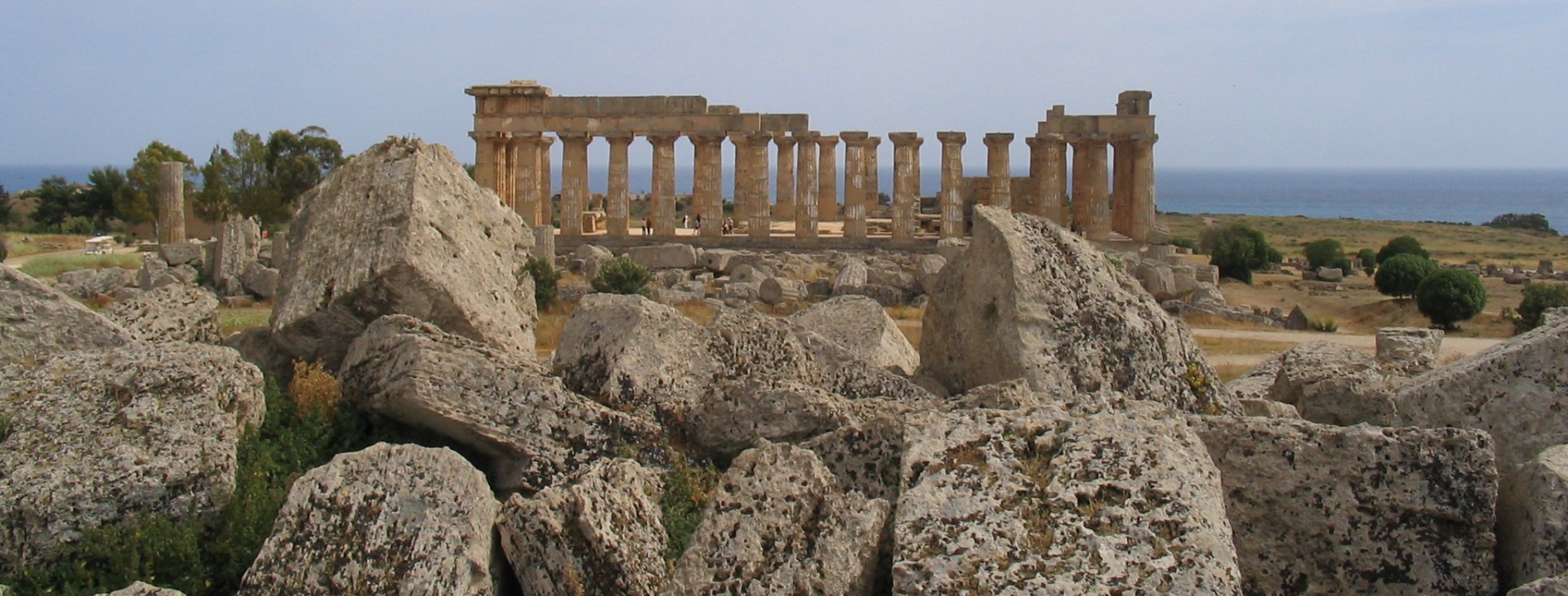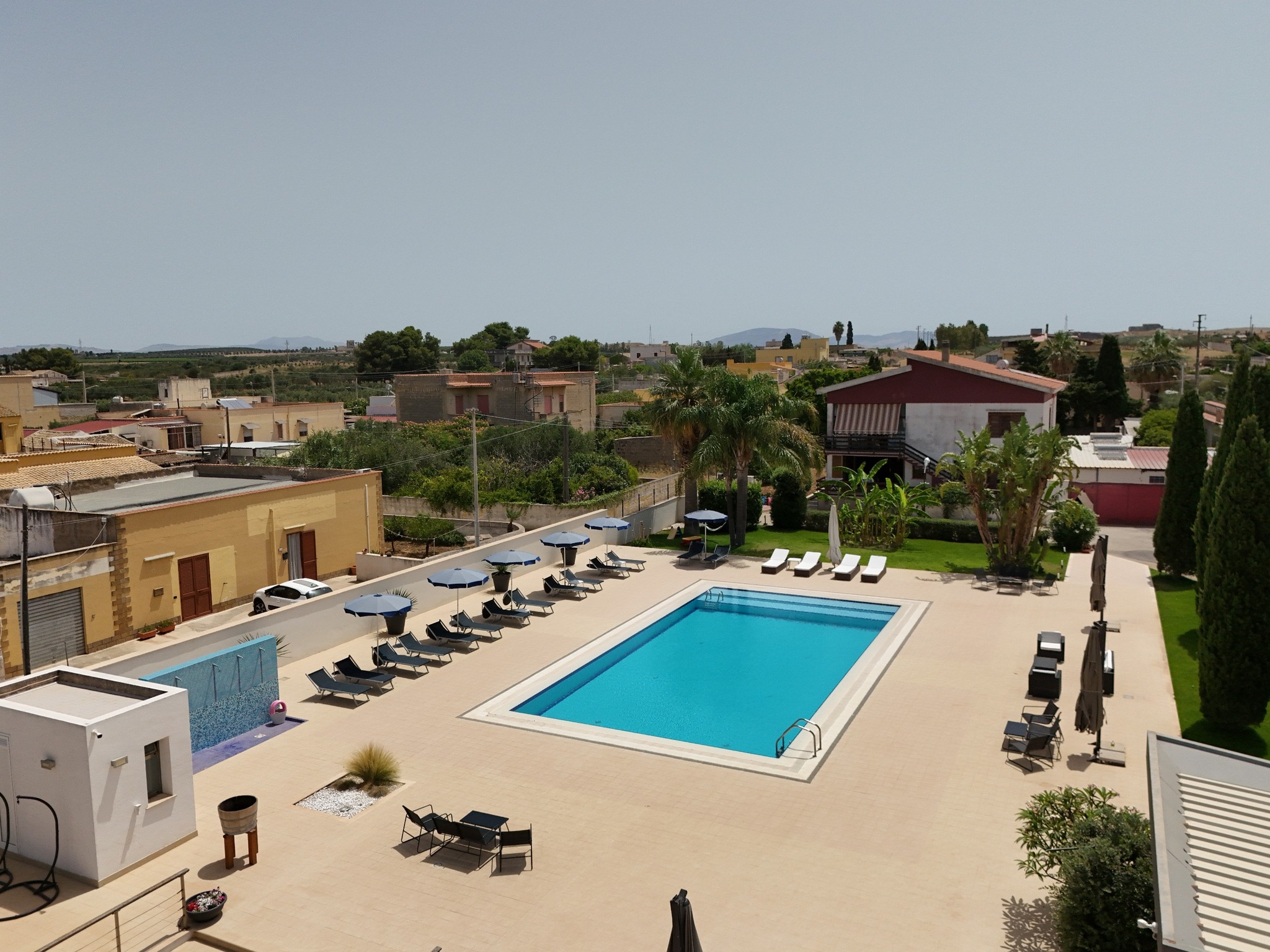
Selinunte
Duration 6 hours approxStarting From 250 € per person
Visit the archaeological park of Selinunte.
Selinunte was an ancient Greek city located on the southwestern coast of Sicily and now forms the largest archaeological park in Europe. The ruins of the city are situated in the municipality of Castelvetrano, in the southern part of the province of Trapani. At the archaeological site, the acropolis features several temples along with other secondary structures, while additional temples are located on a nearby hill.
The name Selinunte comes from the Greek Sèlinon. The site is divided into three main areas. The first, on the eastern hill, contains three large temples, one of which was reconstructed in 1957. The second, on the western hill and surrounded by walls, is the Acropolis, to the north of which lay the city itself. To the west of the Acropolis, beyond the Modione River, was another sacred area with temples and sanctuaries. Since it is not known for certain to whom the temples were dedicated, scholars have labeled them with letters of the alphabet.
To complete the visit, a trip to the Cusa Quarries is recommended, from which the blocks used to build the temples were sourced. Among the eastern temples, the first to be seen is Temple E, reconstructed in 1957. Dedicated to Hera, it dates back to the 5th century BC and had a complex layout. It was accessible from the eastern side via steps leading beyond the colonnade to the pronaos, preceded by two columns of which only the capitals remain on the ground.
The Acropolis, starting from the parking area in front of the entrance to the eastern temples, extends over a rise beyond a depression called Gorgo Cottone, named after the river that once flowed there and which hosted, at its mouth, the city’s port, now silted up. Enclosed by walls from the 6th-5th centuries BC, it followed the classical Hippodamian city plan, with three main streets crossing at right angles, intersected by smaller streets.
Ascending, the ruins of Temple A can be seen. Inside, on the entrance wall to the naos, were two spiral staircases, the oldest known to date. The ruins are dominated by 14 of the 17 columns of Temple C, reconstructed in 1925. Probably dedicated to Apollo or Heracles, it is the oldest of the Selinunte temples, dating to the 6th century BC. The fortifications, traversing the main decumanus, lead to the city wall that enclosed the Acropolis. What we see today is the fortification built after the destruction of 409 BC.
The Sanctuary of Malophoros can be reached by following the path that continues from the first cardo to the left of the main decumanus. Built in honor of Demeter Malophoros, goddess of vegetation and protector of farmers, it stood within a sacred enclosure (Temenos) on the opposite bank of the Modione River, near the city’s maritime emporium. The archaeological area of Selinunte includes the Acropolis, the Eastern Hill, the plateau of Contrada Manuzza, the Sanctuary of Malophoros in Contrada Gaggera, and two necropolises.
Excursion Details:
- Duration: About 6 hours.
- Price: Includes up to 3 participants. Additional participants, see booking form prices.
- Notes: Meals, entrance tickets, and guides are not included.
- Booking: Book directly using the form by selecting date, time, and participants.
Useful Links

For info or custom services
Contact Us











